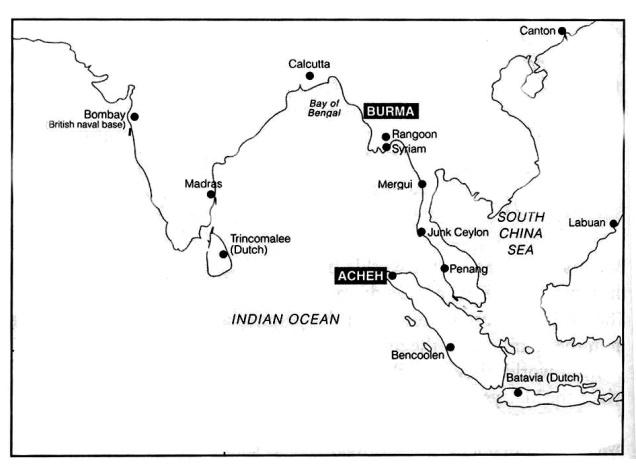Our city has only three seasons — hot, hotter and hell. Given this, would people believe me if I said that the temperature once dipped below freezing in our city, and that too, in the sweltering month of April? It would probably be dismissed as an April Fool’s Joke. And yet it happened exactly 200 years ago, in the last week of April 1815. The morning temperature was 11 degrees Celsius on Monday, April 24, and by Friday, April 28, it had dipped to minus 3 degrees Celsius. There are unverified reports of snow falling too but that may be an exaggeration.
The cause of this freak phenomenon was the volcanic eruption of Mount Tambora in distant Indonesia. At that time, this was the tallest peak in the archipelago which formed that country, rising to a height of 4,300 m.
Lava burst forth from it on April 10 and 11, 1815, with such ferocity that the explosion killed around 12,000 people and was heard 2,000 km away. It holds the record for being the largest volcanic activity ever in world history till date.
What followed next is best described in Tambora: The Eruption That Changed The World, by Gillen D’Arcy Wood — “Tambora’s dust veil, serene and massive above the clouds, began its westward drift aloft the winds of the upper atmosphere. Its airy passage to India outran the thousands of waterborne vessels below bent upon an identical course, breasting the trade winds from the resource-rich East Indies to the commercial ports of the Indian Ocean. The vanguard of Tambora’s stratospheric plume arrived over the Bay of Bengal within days”.
Madras was perhaps the first to feel it two weeks later, with the temperature dipping to freezing point, thanks to the aerosols in the volcanic cloud absorbing heat from the sun and the earth. Given that our public dons monkey caps and earmuffs in December each year, what was the fashion statement in freezing April 1815? There is, however, not one East India Company record that notes the reactions of the colonial masters or the people to this freak occurrence. There is also no mention of a tsunami. Pumice stone, however, washed up on the coast for a long while.
What followed thereafter was not as pleasant as the cold weather. The ash cloud spread globally, making 1816 the ‘year without summer’. In Madras, and the rest of India, it also meant a year without monsoon. Crops failed, as they did internationally. Famine in India was followed by cholera, which is now directly attributed by scholars to the volcano. Over 70,000 people perished globally, due to Tambora.
In August 1815, the brig Catherina — the first vessel from Java after the eruption — arrived in Madras.The Madras Courier interviewed the craft’s master for an eyewitness description of what happened. He also brought with him a bag of volcanic ash, which was forwarded to Calcutta for further analysis. But nobody linked the big freeze in Madras to the volcano!
source: http://www.thehindu.com / The Hindu / Home> Features> MetroPlus> Hidden Histories / by Sriram V / April 17th, 2016
